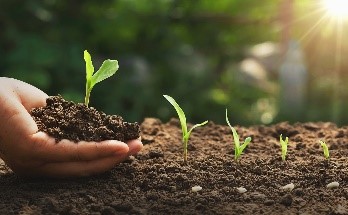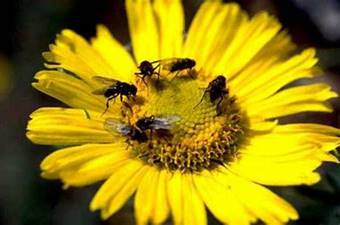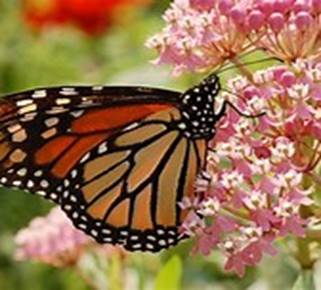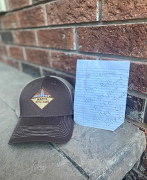In most cases, the difference between a soil amendment and a garden mulch is how you use it. Amendments are worked into the soil and mulches are placed on top of the soil. Some soil amendments are compost and natural mulches.
Generally, a soil amendment is used to enrich the soil and to help build up the soils structure. Many people in Ontario have either a clay base soil or a sandy soil. With Clay soils, the main concern is compaction. With sandy soils, a major concern is moisture retention. Any of our amendments will assist with either of these issues.
Using compost in soil or as a potting media is beneficial in many ways.
Compost contains a full spectrum of plant nutrients. You can test the nutrient levels in your compost and soils to find out what other supplements it may need for specific plant growth and nourishment.
- Compost contains macro and micro nutrients that are often absent in synthetic fertilizers.
- Compost releases nutrients slowly – over months and years, unlike synthetic fertilizers.
- Compost enriched soils retain fertilizers better. Less fertilizer runs off to pollute waterways
- Compost buffers the soils, neutralizes both acid and alkaline soils, bringing pH levels to the optimum range for nutrient availability to plants.

Compost helps bind clusters of soil particles, called aggregates, which provide good soil structure. Such soil is full of tiny air channels and pores that hold air, moisture and nutrients.
- Compost helps sandy soils hold moisture and nutrients
- Compost loosens tightly bound particles in clay or silt soil so roots can spread, water drain and air penetrate.
- Compost alters soil structure, making it less likely to erode and prevents soil spattering on plants – spreading disease.
- Compost can hold nutrients tight enough that is cannot wash away but loosely enough for plants to take them up when they need the nourishment.
- Compost makes any soil easier to work with.
Compost brings and feeds all diverse life in the soils. These bacteria, fungi, insects, worms and more support strong, healthy plant growth.
- Compost bacteria break down organics into plant available nutrients. Some bacteria convert nitrogen from the air into a plant available nutrient.
- Compost enriched soils have lots of beneficial insects, worms and other organisms that burrow through soils to keep them aerated.
- Compost aids is suppressing diseases and harmful pests that could overrun poor, lifeless soil.
Healthy soil is an important factor in protecting our waters. Compost increases the soils ability to retain water and decrease water runoff. Runoff pollutes water by carrying soil, fertilizers and pesticides into nearby streams.
- Compost encourages root systems which aid in runoff
- Compost can reduce or even eliminate the use of synthetic fertilizers.
- Composts can reduce the use of chemical pesticides since it retains beneficial microorganisms that may protect plants from diseases and pests.
- Only adding 5% of organic material quadruples soils water holding capacity.
When the compost is ready to spread, congratulate yourself for all your efforts because you are ecologically minded, and know that the organic materials that are recycled into the soil instead of being placed into a garbage can. By recycling the organic materials, valuable nutrients and organic matter are recycled. You have helped to alleviate the solid waste problem.
Mulch is also most beneficial. It helps to keep weeds in check by covering the soil enough so that the sunlight can’t penetrate and weed seeds do not germinate. If new seeds happen to blow in, they will germinate on this nice rich ground surface and removing them will be much easier because of how light and fluffy most mulches are.
Mulch also helps the soils to retain moisture and therefore is helping control water bill costs. The additional loosens nutrient rich soil allows water to penetrate easily. The soil below the mulch will stay hydrated longer because the mulch is sheltered in from the sun, hence keeping it cooler and slowing evaporation. Approximately 3-4 inches of mulch is adequate for the above purposes.











